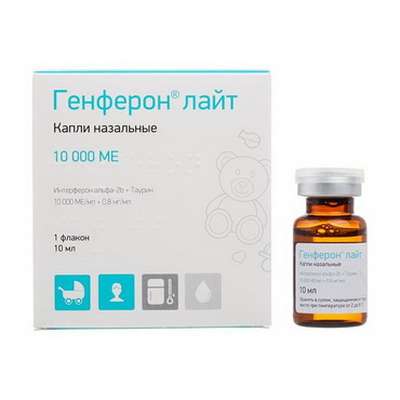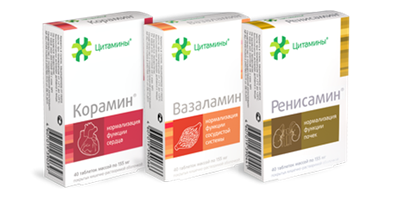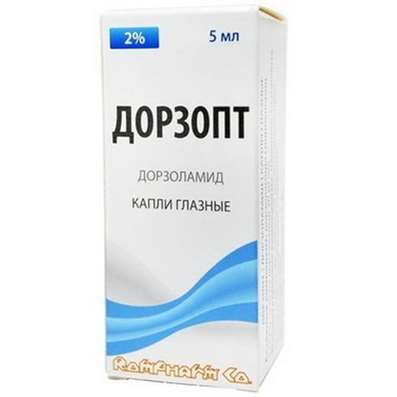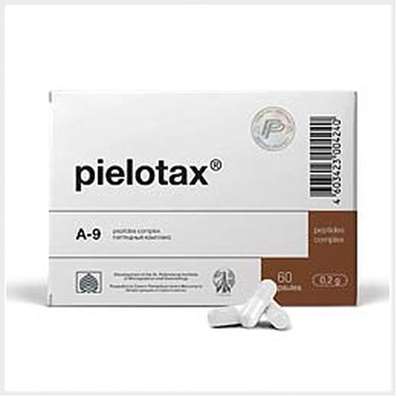Instruction for use: Dexamethasone
I want this, give me price
Active substance: Dexamethasone
ATX Code S01BA01 Dexamethasone
Pharmacological group
Glucocorticosteroid for topical use [Glucocorticosteroids]
Glucocorticosteroid for topical use [Ophthalmic products]
The nosological classification (ICD-10)
H01.1 Non-infectious dermatoses of the eyelid
Eczematous lesion of the eyelids
H10 Conjunctivitis
Conjunctivitis infectious-inflammatory,Bacterial conjunctivitis, red-eye syndrome, Superficial infection of the eye, Chronic non-infectious conjunctivitis
H10.1 Acute atopic conjunctivitis
Allergic conjunctivitis, Allergic eye disease, Allergic conjunctivitis, Allergic conjunctivitis is caused by chemical and physical factors, Allergic rhinoconjunctivitis,Allergic inflammation of the eye, Spring catarrh, Spring keratitis, Spring conjunctivitis, allergic Conjunctivitis, Perennial allergic conjunctivitis,Exacerbation of pollen allergy in the form of Syndrome rinokonyunktivalnogo, Acute allergic keratoconjunctivitis, Acute allergic conjunctivitis,Superficial bacterial eye infections,rhinoconjunctivitis, Seasonal allergic conjunctivitis, Seasonal conjunctivitis, Sennoz, Chronic allergic keratoconjunctivitis, Chronic allergic conjunctivitis
H10.5 blepharoconjunctivitis
Chronic blepharoconjunctivitis, blepharoconjunctivitis, stafillokokk blepharoconjunctivitis
H10.9 Conjunctivitis, unspecified
Trahomny conjunctivitis, catarrhal conjunctivitis, Giperpapillyarny conjunctivitis, Non-infectious conjunctivitis, purulent conjunctivitis, Purulent conjunctivitis form, Year-round conjunctivitis, purulent conjunctivitis, Subacute conjunctivitis, Secondarily infected with conjunctivitis
H15.0 Sclerite
Acute scleritis, Chronic scleritis, Diffuse scleritis, Sclerite
H15.1 Episcleritis
Acute episcleritis, Chronic episcleritis
H16 Keratitis
Adenoviral keratitis, Bacterial keratitis, Spring keratitis, Deep keratitis without epithelial damage, Discoid keratitis, Dendritic keratitis, Keratitis rosacea, Keratitis with destruction of the cornea, Superficial keratitis, Point keratitis, Traumatic keratitis, Superficial point keratitis
H16.2 Keratoconjunctivitis
Chronic allergic keratoconjunctivitis, Bacterial keratoconjunctivitis, Deep forms of adenovirus keratoconjunctivitis, Infectious conjunctivitis and keratoconjunctivitis caused by Chlamydia trachomatis, Acute allergic keratoconjunctivitis, Spring keratoconjunctivitis, Phlyctenular keratoconjunctivitis
H20 Iridocyclitis
recurrent iritis, sympathetic iridocyclitis, Sluggish posterior uveitis, Sluggish posterior uveitis, Posterior uveitis, the posterior segment of the eye Iridocyclitis, Iridocyclitis and other uveitis, Irit, Keratoiridotsiklit, Acute iritis, uveitis, cycle of Acute iridocyclitis, Acute non-infectious uveitis
H20.9 Iridocyclitis Unspecified
Iridocyclitis, Diffuse posterior uveitis, keratouveit, Uveitis middle or rear portion of the eye, Sight-threatening uveitis middle or rear portion of the eye,keratouveitis, Anterior uveitis, Flaccid anterior uveitis, Endogenous uveitis, Inflammation of the ciliary body, Uveitis anterior portion of the eyeball, sympathetic uveitis
H45.1 Endophthalmitis in diseases classified elsewhere
Sympathetic ophthalmitis
S05 Injury of the eye and orbit
Wounds of the eye penetrating, Non-penetrating wound of the eyeball, Superficial injury of the cornea, Post-traumatic keratopathy, Post-traumatic central retinal dystrophy, Penetrating wound of the cornea, Condition after eye injuries, Condition after eyeball injuries, Penetrating corneal wounds, Injuries to eye tissues, Injuries to the cornea, Injury of anterior part of eye
Z100.0 * Anesthesiology and premedication
nasogastric intubation, The relaxation of skeletal muscles, Controlled breathing under anesthesia, Anesthesia, Anesthesia in ENT practice, Anaesthesia in Dentistry, Hypotension during spinal anesthesia, ataralgesia, Basic anesthesia, Fast anesthesia, Introduction to anesthesia, Induction, inhalation anesthesia, Inhalation anesthesia for large and small surgery, Induction and maintenance of general anesthesia, intraligamentarnaya anesthesia, tracheal intubation, caudal anesthesia, Caudal blockade, mixed anesthesia, Short-term anesthesia, Short-term infiltration anesthesia in surgery, Short-term local anesthesia, Spinal anesthesia, Local anesthesia, Local infiltration anesthesia, Local surface anesthesia, monokomponentny anesthesia, anesthesia, Neingalyatsionnyh anesthesia for operative delivery, Immediate pain relief, general anesthesia, General anesthesia with short-term surgical interventions, General anesthesia, Period premedication, Surface anesthesia in ophthalmology, Maintenance of anesthesia, anocithesia, conduction anesthesia, Regional anesthesia, mixed anesthesia, Spinal anesthesia, spinal anesthesia, Spinal anesthesia, permeation anesthesia, epidural anesthesia, IVL, Artificial hibernation, Short-term muscle relaxation, Miorelaxation, Miorelaxation during mechanical ventilation, Miorelaxation during surgery, Miorelaxation in operations, Miorelaxation during mechanical ventilation, Excitation before surgery, cardioplegia, Preoperative period
Composition
Eye drops 1 ml
active substance:
Dexamethasone sodium phosphate (in terms of 100% dry matter) 1 mg
Auxiliary substances: boric acid - 15 mg; Sodium tetraborate decahydrate (borax) - 0.6 mg; Disodium edetate dihydrate 0.5 mg; Benzalkonium chloride (in terms of 100% dry matter) - 0.04 mg; Water for injection - up to 1 ml
pharmachologic effect
Pharmacological action - anti-inflammatory, antiallergic, antiexudative.
Dosing and Administration
In the conjunctival sac.
At the expressed inflammatory process - during the first 24-48 hours of treatment instill on 1-2 drops every 2 hours, at stihanii inflammatory process - every 4-6 hours.
For the prevention of inflammatory processes after ophthalmic operations and injuries - within the first 24 hours after the operation - 1-2 drops four times a day, then 3 times a day for 2 weeks.
The course of treatment is selected individually, on average - 2-3 weeks.
Form of issue
Eye drops 0.1%. 5 ml or 10 ml in PE bottles capped with caps. Each bottle is put in a pack of cardboard.
Terms of leave from pharmacies
On prescription.
storage Conditions
In the dark place at a temperature of no higher than 25 ° C.
Keep out of the reach of children.
Shelf life
3 years. After opening the bottle - 28 days.
Do not use after the expiry date printed on the package.

 Cart
Cart





